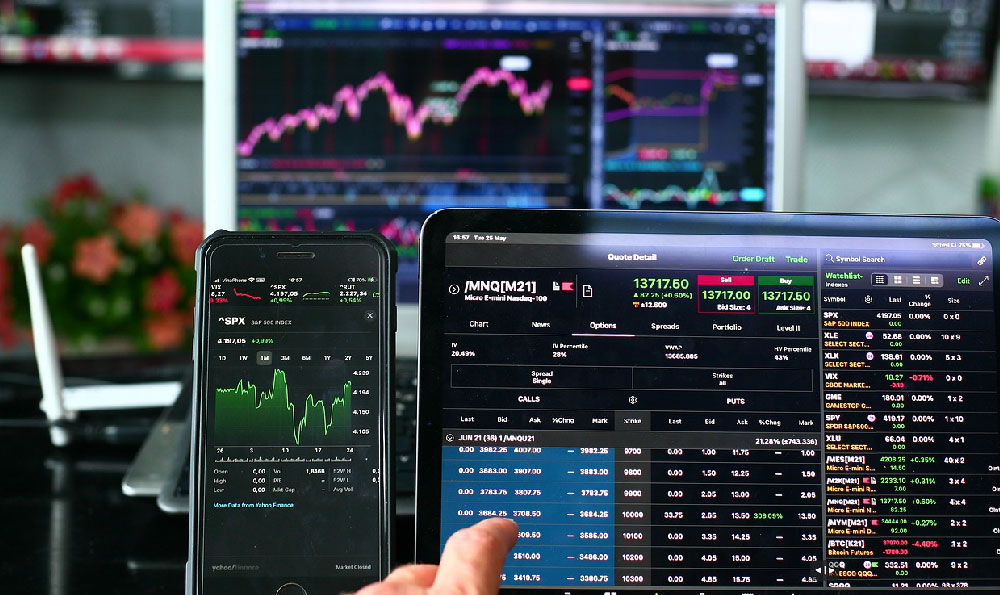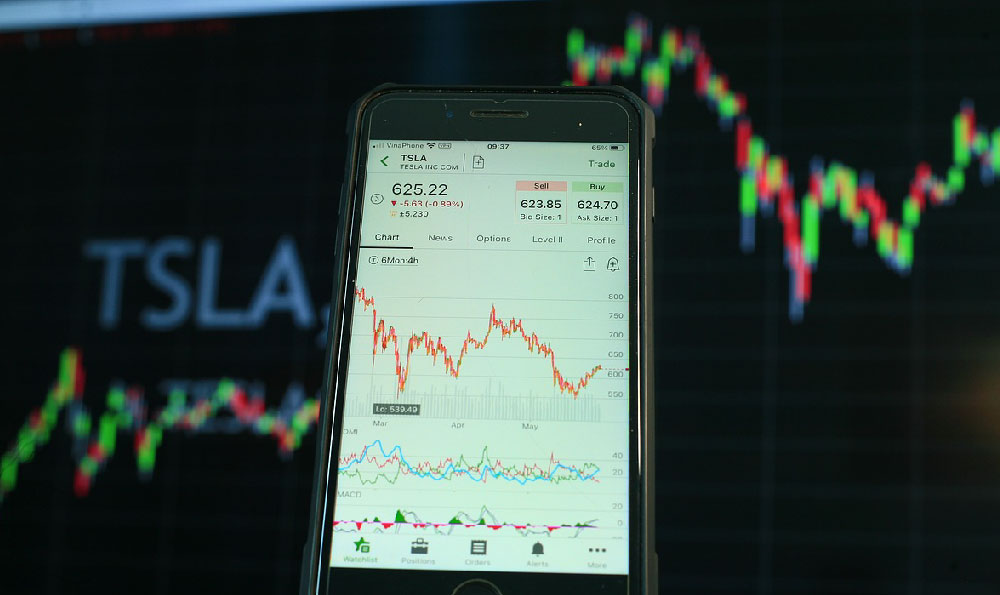CoinPro: Multi-Exchange Price Feeds - Accurate Data, But How Reliable? How Fast? is not included in the content.
In the rapidly evolving world of cryptocurrency investment, access to accurate and timely price data is paramount. Services like CoinPro, aggregating price feeds from multiple exchanges, present themselves as indispensable tools for traders and investors. The allure is clear: a unified view of market prices, theoretically mitigating the discrepancies and potential manipulation inherent in relying on a single exchange. However, the apparent simplicity of this offering belies a complex set of considerations crucial to determining its true value. While accuracy is undoubtedly a key component, the reliability and speed of these aggregated feeds are equally important, and often overlooked.
The accuracy of a multi-exchange price feed hinges on the sophistication of its data collection and processing methodologies. At its core, the system must effectively identify and filter out spurious data points. This involves implementing robust outlier detection algorithms that can distinguish between genuine price fluctuations and erroneous readings caused by exchange glitches, flash crashes, or even deliberate manipulation attempts. Simple averaging across exchanges is insufficient; a weighted average, factoring in exchange volume and liquidity, is a more robust approach. Furthermore, the feed provider must diligently monitor the data sources for inconsistencies and implement protocols for temporarily suspending or adjusting data from exchanges exhibiting abnormal behavior. This constant vigilance is necessary to maintain a high level of accuracy and prevent the feed from reflecting distorted market conditions.

However, accuracy alone is not enough. A perfectly accurate price feed delivered with significant delays is practically useless in the fast-paced cryptocurrency markets. The speed at which the feed updates is critical, especially for high-frequency traders and arbitrageurs who rely on capturing fleeting price differences between exchanges. Latency, the time it takes for data to travel from the source exchange to the user, can be introduced at various points in the data pipeline, from the exchange's API to the feed provider's servers and finally to the user's trading platform. A feed that updates every few seconds might be adequate for long-term investors, but day traders and scalpers require updates measured in milliseconds. This need for speed often comes at a cost, requiring significant investment in infrastructure and network optimization. It's therefore vital to understand the specific latency characteristics of the price feed being used and whether it aligns with one's trading style and strategies.
Reliability, the consistency and uptime of the price feed, is the third crucial pillar. A feed that is frequently unavailable or prone to disruptions can lead to missed trading opportunities, inaccurate risk assessments, and even significant financial losses. Reliability is a function of the robustness of the provider's infrastructure, the redundancy built into the system, and the effectiveness of its disaster recovery plan. A reliable provider will have multiple data centers, backup power systems, and sophisticated monitoring tools to detect and address potential issues before they impact users. Furthermore, transparency regarding historical uptime and incident reports is essential for users to assess the provider's track record and make informed decisions. The service level agreement (SLA) offered by the provider should clearly define the guaranteed uptime and the recourse available to users in case of service disruptions. A provider reluctant to commit to a specific SLA should raise red flags about their overall reliability.
Beyond the technical aspects of accuracy, speed, and reliability, it's crucial to consider the credibility and reputation of the price feed provider. In an unregulated industry, the potential for manipulation and fraud exists. Researching the provider's background, ownership, and team is essential. Are they a well-established company with a proven track record, or a new and unproven entity? Have they been subject to any regulatory scrutiny or allegations of misconduct? Independent reviews and testimonials from other users can provide valuable insights into the provider's reliability and customer service. Ultimately, selecting a price feed provider is not solely about technical specifications; it's about entrusting your trading decisions to a trusted and reputable source.
Integrating a multi-exchange price feed into your trading strategy also requires careful consideration of its limitations. No price feed is perfect, and discrepancies can still occur due to variations in exchange liquidity, order book depth, and trading fees. Understanding these nuances is crucial for interpreting the data accurately and avoiding potentially costly mistakes. For example, relying solely on the aggregated price without considering the volume on each contributing exchange can lead to misjudgments about the true market sentiment. Similarly, neglecting to factor in trading fees can erode the profitability of arbitrage opportunities identified by the feed.
In conclusion, while CoinPro and similar multi-exchange price feeds offer a valuable service by providing a consolidated view of cryptocurrency prices, their accuracy, speed, and reliability must be carefully scrutinized. A thorough assessment of the provider's methodology, infrastructure, and reputation is essential for making informed investment decisions. Furthermore, understanding the limitations of these feeds and integrating them thoughtfully into one's trading strategy is crucial for maximizing their benefits and mitigating potential risks. The quest for accurate and timely price data in the cryptocurrency markets is ongoing, and continuous vigilance is necessary to stay ahead of the curve and protect one's investments.












